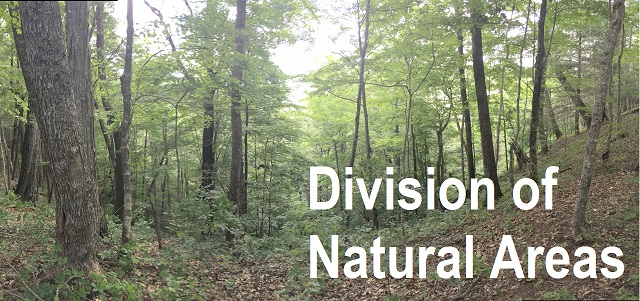Title
Invertebrate macrofauna in soils under old growth and minimally disturbed second growth forests of the Appalachian mountains of Kentucky
Document Type
Article
Publication Date
2000
Abstract
Soil macrofauna (invertebrates .2 mm) were sampled for 3 y in 30 old growth and 13 second growth forest stands in eastern Kentucky. Macrofauna from 27 orders were collected. Mean macrofaunal dry weight was 912 mg/m2 (n 5 43, SD 5 622) and did not differ significantly among the five landscape positions examined or between old growth and second growth forests. Approximately 95% of the macrofaunal biomass was accounted for by Coleoptera (beetle larvae), Oligochaeta (earthworms), Diplopoda (millipedes), Diptera (fly larvae), Chilopoda (centipedes), Araneae (spiders) and Formicidae (ants). There were no significant differences in the relative biomass of individual taxa between old growth and second growth forests. Earthworms were the only taxonomic group that differed significantly in dry weight per unit area among landscape positions, with greatest abundance on lower and protected slopes (x¯ 5 695 mg/m2, n 5 10, SD 5 744) and lowest abundance on dry south slopes, ridges and ravines (0–75 mg/m2). On average, earthworms accounted for 20% (n 5 43, SD 5 22) of the total macrofaunal dry weight, but were estimated to be dominant soil mixers on only about 23% of the study area. All earthworm species were indigenous to the study area; nonindigenous taxa were not observed in any invertebrate group.
Recommended Citation
Kalisz, P. J. and J. E. Powell. 2000. Invertebrate macrofauna in soils under old growth and minimally disturbed second growth forests of the Appalachian mountains of Kentucky. American Midland Naturalist 144:297-307. doi:10.1674/0003-0031(2000)144[0297:IMISUO]2.0.CO;2


